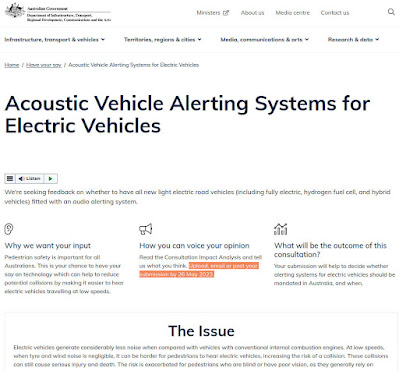IWLEP 2022 for parts of Leichhardt, Taverners Hill and Kings Bay precincts in the Parramatta Road Corridor (planning panel 29Mar 2022)

Leichhardt Appendix 1 – Proposed LEP maps March 2022 Contents Leichhardt Existing Land Zoning Map ....................................................................................5 Proposed Land Zoning Map ............................................................................. 6 Proposed Heritage Map ........................................................................................7 Existing Floor Space Ratio Map ....................................................................8 Proposed Floor Space Ratio Map .............................................................. 9 Proposed Floor Space Ratio Incentives Map .............................. 10 Existing Height of Buildings Map ................................................................. 11 Proposed Height of Building Incentives Map .............................. 12 Proposed Key Site 1 ...................................................................................................... 13 Proposed Active Front...
